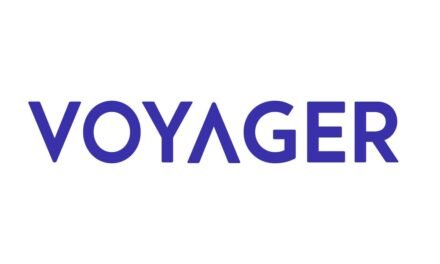
4 Ways for Small Businesses Handle Inflation

Recent data show that the majority of small businesses are being affected by inflation. Higher labor and supply costs cut into a company’s bottom line and put pressure on owners, employees and customers. Fortunately, there are ways to thrive in the current economy. The following are three ways for businesses to handle inflation, presented to you below courtesy of Versadao.
Cut Costs Wherever You Can
The first step for any business facing inflationary pressures is to cut costs. Start by implementing cost-saving techniques such as:
- Bundling utilities for a discount
- Saving on packaging costs
- Buying in bulk
- Comparison shopping for insurance
Whenever possible, automate processes to minimize costly errors and save on labor expenses. For example, use accounting software to ensure payroll is processed correctly and quickly. Accounting software is particularly helpful for those unfamiliar with bookkeeping who have recently decided to handle it themselves to eliminate accountant fees. There are a variety of options available at all price points. In some cases, you may be able to get basic services such as invoicing and tax deduction tracking for free.
When inflation is high, it is even more important to manage cash flow. Budget carefully. Be conservative when creating financial projections, and account for the fact that customers will be trying to save as well, meaning business may be slower than usual.
Go Paperless
During times of inflation, managing costs is an important part of ensuring the financial security of any business. One way to help reduce expenses is to go paperless. By utilizing digital documents and data storage systems instead of using physical copies of items, businesses can save on costs such as printing, shipping, filing supplies, and other related expenses. Taking advantage of paperless approaches can also lead to increased efficiency as team members can quickly and easily access up-to-date documents without needing to physically sort through filing cabinets or waste time searching for hard copies. Going paperless may not always be possible in every situation, but it’s a great tool that businesses should consider to help manage their finances during times of high inflation.
Utilizing a schedule maker can help you develop your own free schedule that will keep you on track and organized. Schedule makers provide a wide range of customization options so that businesses can create the perfect timeline for their specific needs. Whether you’re planning out weekly tasks, monthly goals, or more long-term plans, having the ability to easily adjust and update your schedules can help guarantee consistent progress towards completing projects and reaching targets. Investing in a good schedule maker program can also save you from having to manually enter data every month as it will store all of your information digitally for easy access when needed.
Retain Employees
When inflation is high and the job market is competitive, employee retention is crucial. Understand that workers are facing a higher cost of living and need to be paid higher wages. Labor is often a large chunk of a business’s total expenditures, so increasing pay can really cut into a company’s bottom line. Make up the difference elsewhere, or consider letting some employees go. By doing so, you can focus on your most valuable employees. Speak honestly with them, and find out what they need. In addition to more pay, some may need a more flexible schedule to deal with the rising cost of childcare.
It may be tempting to cut employees’ hours if you are paying them more per hour, but this defeats the purpose. Make sure your employees have sufficient hours. This does not mean you need to pay them to sit around. If necessary, train employees for other tasks so that one individual can fill multiple roles. Make sure pay is commensurate with all new responsibilities and that the workload is manageable. Again, honest communication is key.
Adjust Prices
Increasing prices can be scary for business owners. You may lose some customers. However, doing so is often necessary during inflationary periods in order to offset the increased prices of labor and materials. Make some nuanced price adjustments rather than taking a one-size-fits-all approach. For example, adjust individual prices according to the increase in cost to produce rather than increasing all items by a certain percentage. Consider offering lower-cost alternatives to some items to give price-sensitive customers greater flexibility.
Whenever you increase prices, it is important to notify your customers in a thoughtful manner. Consider sending out an email or letter informing them of the changes. Make sure they know you are responding to the economy rather than simply trying to increase profits.
Make a Plan and Stay True to Your Values
Inflation is hard on any business. Make sure yours is able to weather the storm by keeping employees and customers satisfied while minimizing operating costs. Look for ways to cut back expenses without compromising the quality of your products or services, like using free accounting software and keeping to your budget. And when changes do need to be made, be transparent and kind to your customers. They will appreciate it in the end, and you will lose fewer customers in the process.






























